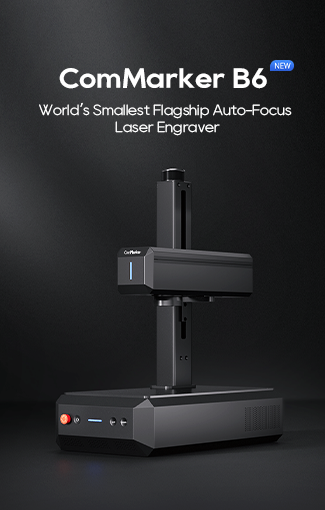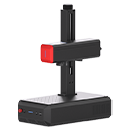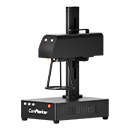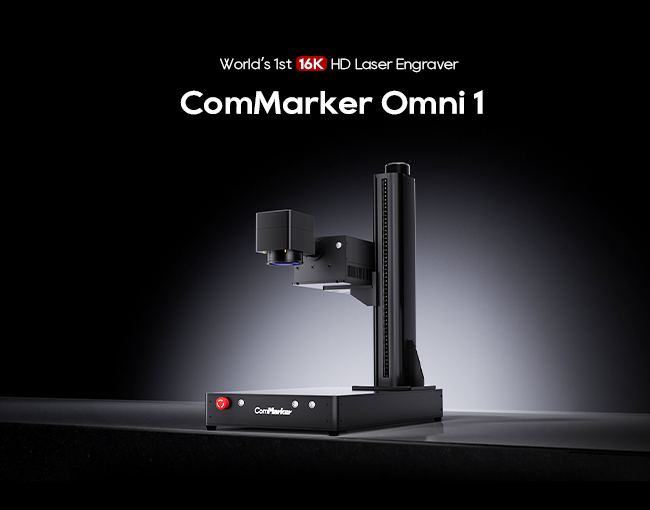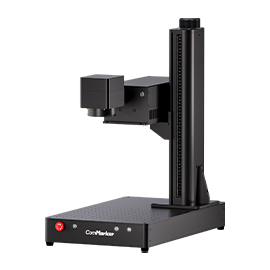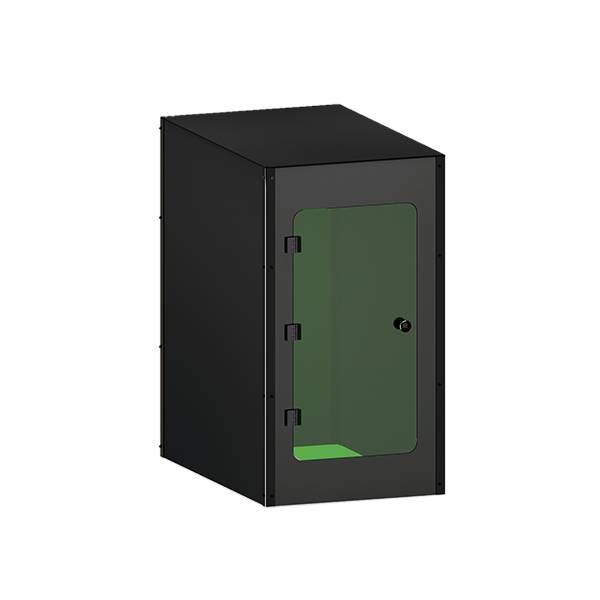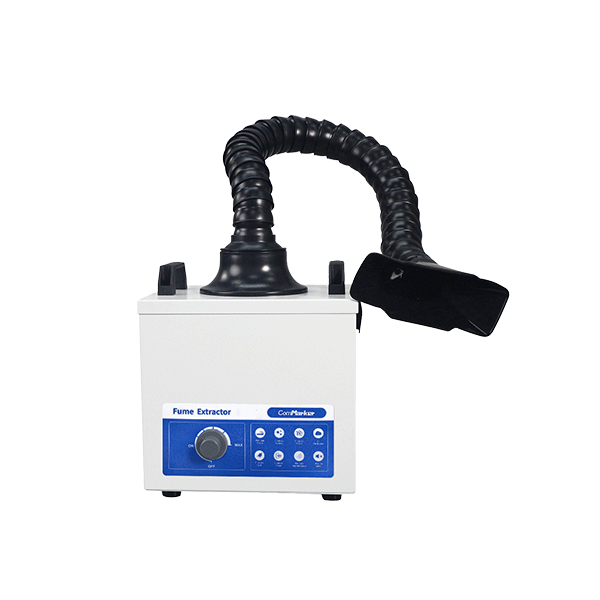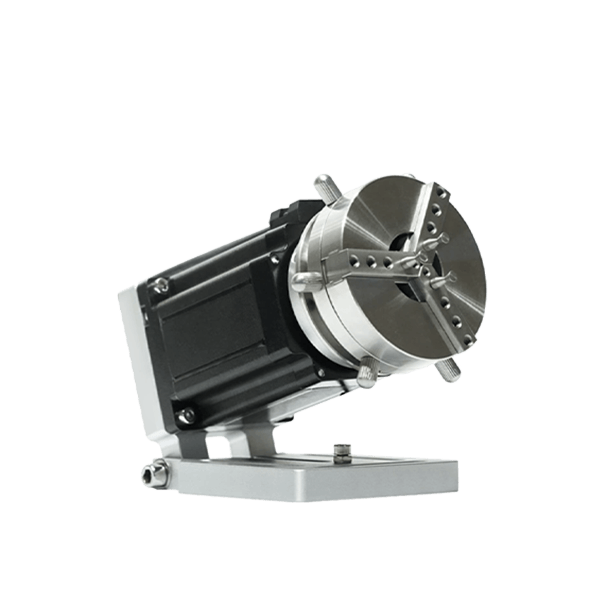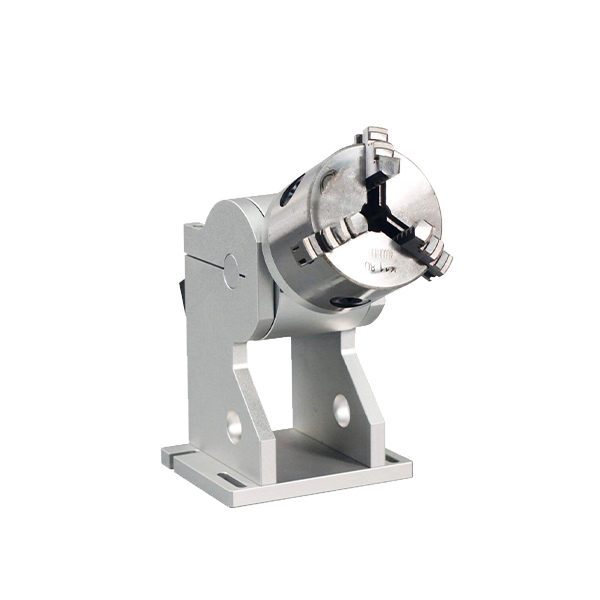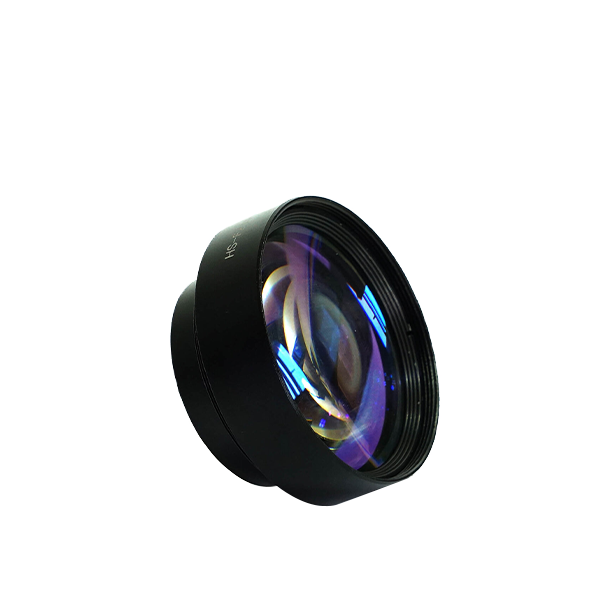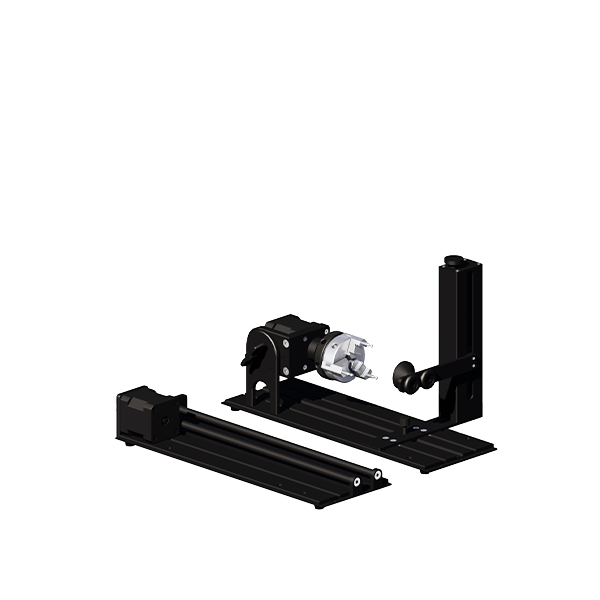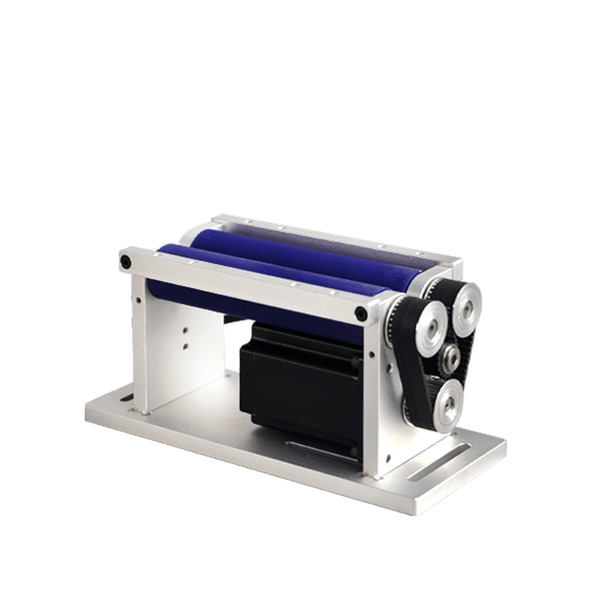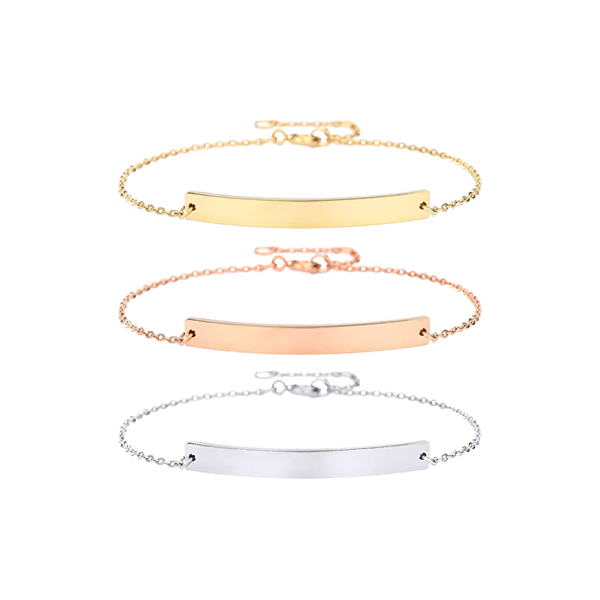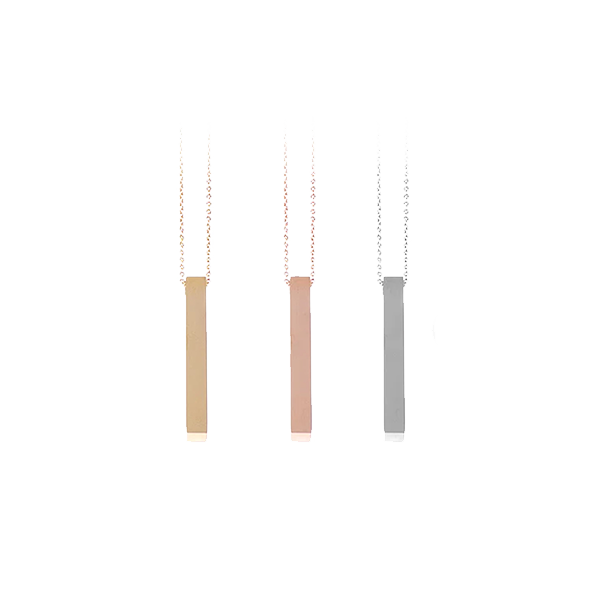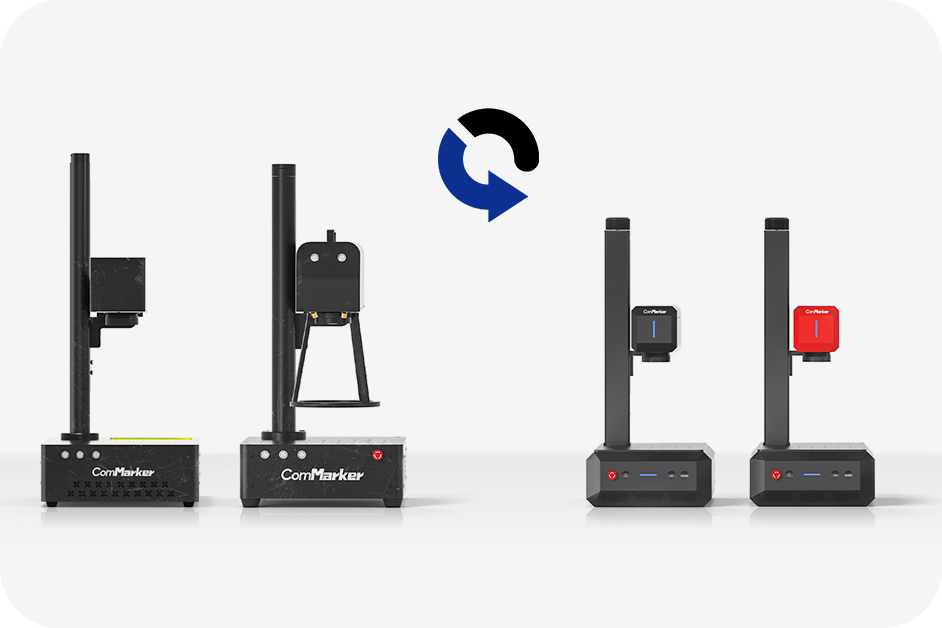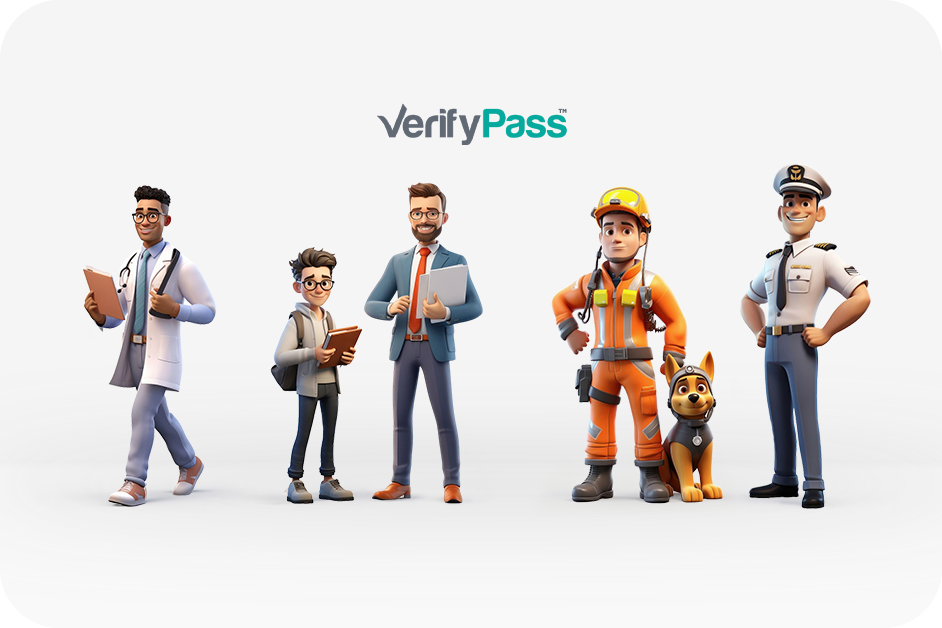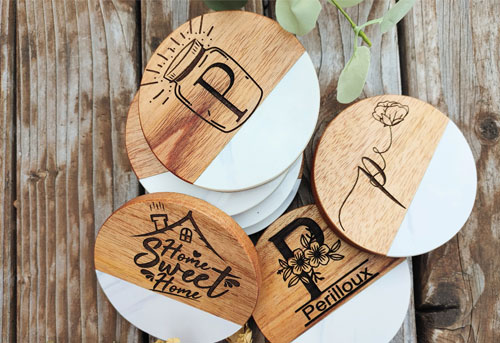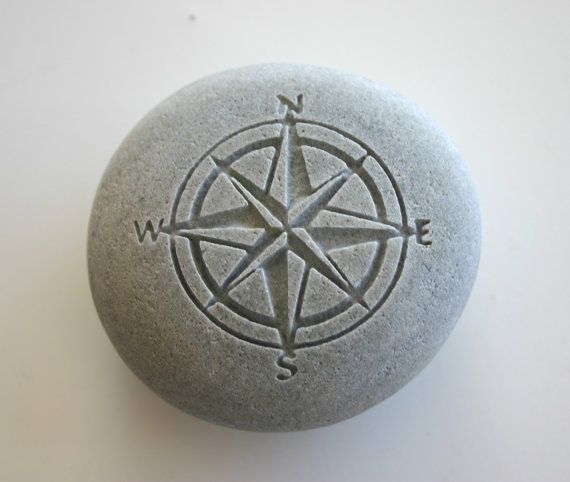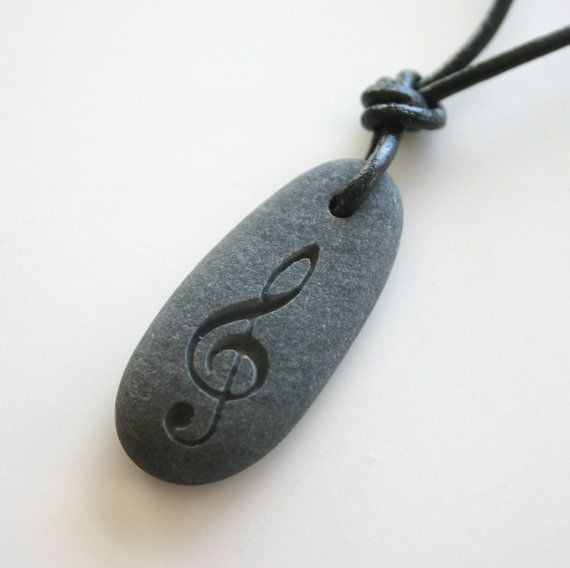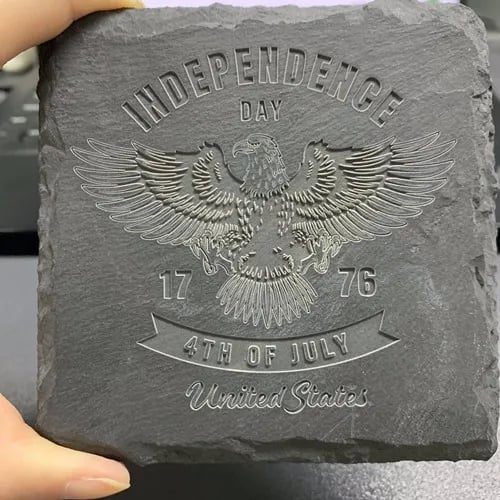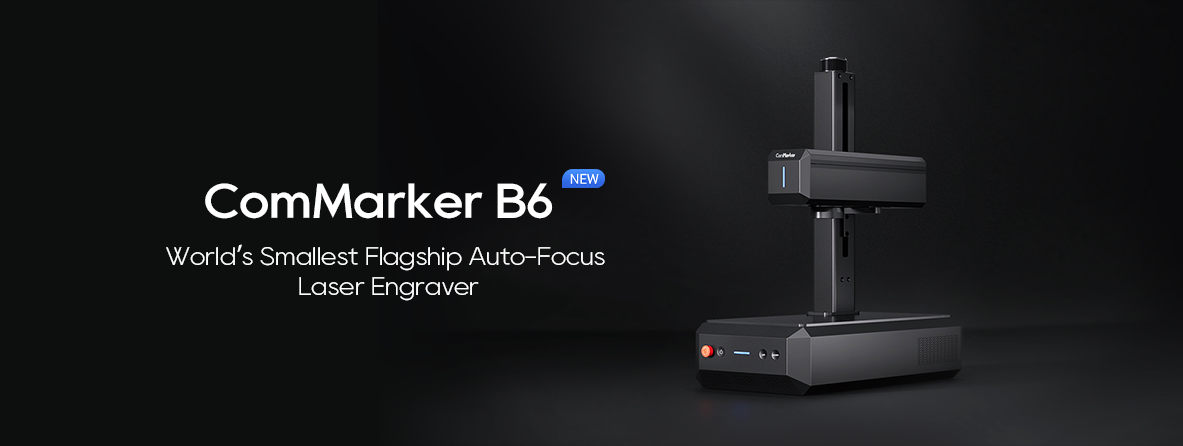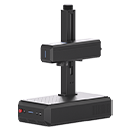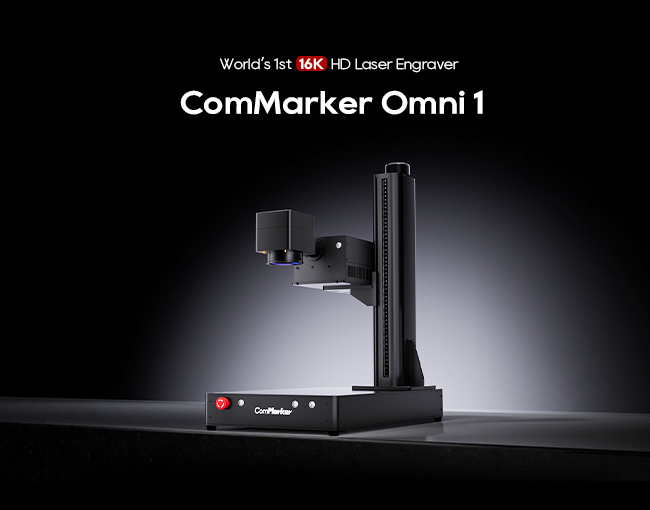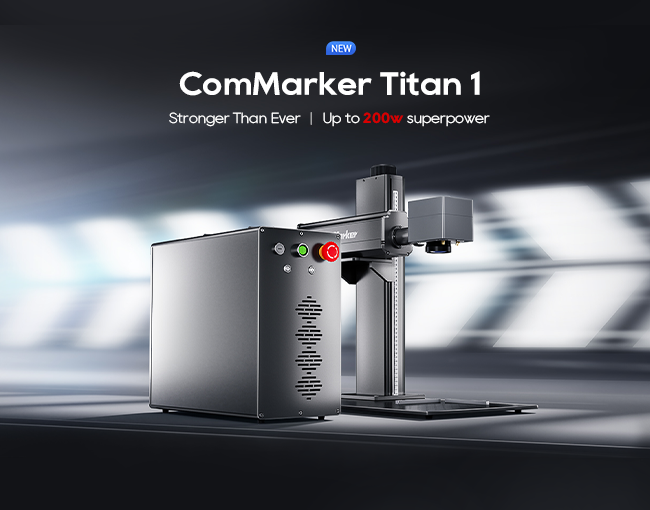Table of Contents
1. What is the Best Stone for Laser Engraving?
Introduction to Stone Laser Engraving
Laser engraving on stones is a technique that uses concentrated laser beams to etch patterns, text, or images onto stone surfaces. The process is widely used in creating personalized items, memorials, and architectural elements. The appeal of stone engraving lies in its permanence and the unique aesthetics it can impart to natural materials.
Types of Stones Suitable for Laser Engraving
Not all stones are equally suitable for laser engraving. The most common types used include:
- Marble: Known for its smooth texture and fine grains, making it ideal for detailed engravings.
- Granite: Harder than marble, offering excellent durability but may require higher laser power.
- Slate: Provides a rustic look with its layered structure, though it may chip more easily.
- Limestone: Softer than marble and granite, suitable for more delicate engraving projects.
| Stone Type | Hardness | Appearance | Engraving Results |
| Marble | Medium (3-5 on Mohs scale) | Smooth texture, fine grains, often with natural veining | Allows for detailed engravings; veining can affect consistency |
| Granite | Hard (6-7 on Mohs scale) | Coarse grains, speckled appearance, wide color range | Requires higher laser power; produces durable, fine engravings |
| Slate | Medium (3-4 on Mohs scale) | Layered structure, dark and rustic appearance | May chip easily; ideal for bold, rustic designs |
| Limestone | Soft (2-3 on Mohs scale) | Soft, pale appearance with a chalky texture | Suitable for delicate engravings; may lack contrast and detail |
Factors to Consider When Choosing a Stone
Choosing the right stone for laser engraving involves evaluating several factors:
- Hardness: The hardness of the stone affects how well it can be engraved. Harder stones like granite require more powerful lasers.
- Contrast: Stones with natural color variations can enhance the contrast of the engraving, making the design stand out.
- Surface Texture: A smoother surface allows for finer details, while a rougher texture may suit bolder, simpler designs.
2. Can You Laser Engrave on Marble?
Properties of Marble for Laser Engraving
Marble is a metamorphic rock with a crystalline structure, giving it a smooth surface ideal for laser engraving. Its natural veining adds a unique character to each piece, allowing for highly personalized designs. The density and uniformity of marble make it suitable for fine, intricate engravings.
Laser Compatibility with Marble
When engraving marble, the type of laser used plays a crucial role. CO2 lasers are generally preferred due to their ability to produce high-quality results on non-metallic surfaces like marble. The key is to adjust the laser’s power and speed to avoid over-burning or under-engraving, ensuring clear and crisp results.
Techniques for Engraving Marble
There are two primary techniques for engraving marble:
- Vector Engraving: Involves cutting along a defined path, creating sharp lines and borders, often used for text and outline designs.
- Raster Engraving: Utilizes a series of dots to create filled areas, suitable for images or detailed patterns. This method provides a smooth gradient effect, enhancing the depth and contrast of the design.
ComMarker B4 20W fiber laser engraver
Electric Lifting: The ComMarker B4-20W features an advanced, concealed lifting motor. 3D Embossing and Deep Engraving: B4-20W laser engraving machine handles intricate, multi-level 3D engraving and deep engraving on metal and rock. Spacious Work Area: 110mm and 200mm dual lenses, marking area with dual red dot locators for precise calibration and focusing. Wide Compatibility: Engrave…
Challenges and Solutions
Engraving marble comes with challenges like potential chipping or uneven engraving due to the stone’s natural veins. To counter these issues:
- Precision Control: Adjusting the laser settings to lower power and higher speed can minimize chipping.
- Test Engravings: Conducting test runs on a small area can help fine-tune the laser settings before engraving the final design.
Applications of Marble Laser Engraving
Marble laser engraving has a wide range of applications, including:
- Architectural Elements: Engraved marble can be used for decorative wall panels, flooring, or custom-built furniture.
- Memorial Items: Personalized gravestones, plaques, and monuments often feature engraved marble for its timeless appeal.
- Art and Décor: Marble engravings can create unique art pieces, coasters, and home décor items that add a touch of elegance.
3. Can You Laser Engrave Marble Coasters?
Design Considerations for Marble Coasters
When designing marble coasters for laser engraving, several factors must be considered:
- Size and Thickness: Coasters should be of uniform size and thickness to ensure consistent engraving results. Typically, 4-inch square or round coasters with a thickness of 3/8 to 1/2 inch work well.
- Marble Selection: Choosing marble with minimal veining and a smooth surface ensures that the engraving appears clear and precise.
Step-by-Step Guide to Engraving Marble Coasters
A detailed process for engraving marble coasters might include:
- Surface Preparation: Clean the marble surface thoroughly to remove dust and debris that could affect the engraving.
- Design Setup: Use vector or raster graphics to create the desired design, adjusting the laser settings for the marble’s characteristics.
- Engraving Process: Carefully position the marble coasters on the laser bed, ensuring they are level, and proceed with engraving.
- Post-Engraving Cleaning: After engraving, gently clean the coasters to remove any residue, enhancing the clarity of the design.
Customization and Personalization
Marble coasters offer endless opportunities for customization. Techniques for creating unique designs include:
- Monograms: Personalizing with initials or names adds a special touch.
- Themed Designs: Seasonal, holiday, or event-themed designs can be engraved to match the occasion.
- Incorporating Logos or Images: Engraving logos or specific images can create custom corporate gifts or promotional items.
Post-Engraving Treatment and Care
To ensure the longevity of engraved marble coasters:
- Sealing: Applying a sealant can protect the engraving from wear and stains, preserving the design.
- Maintenance: Regular cleaning with a soft cloth and mild soap keeps the marble looking pristine without damaging the engraving.
Commercial Viability and Market Trends
Engraved marble coasters are popular in the market, appealing to both individual consumers and businesses. The commercial viability can be enhanced by:
- Offering Customization: Allowing customers to personalize designs can increase the perceived value.
- Bundling Products: Selling coasters in sets or pairing them with other engraved items like trays or cutting boards can boost sales.
- Targeting Niche Markets: Focusing on specific markets such as weddings, corporate gifts, or home décor can help in positioning the product effectively.

Laser Engraving Stone FAQs
Can sandstone be laser engraved?
Yes, sandstone is suitable for laser engraving, especially with a CO2 or Diode laser. The natural grains and varying color contrast of sandstone often result in a unique, textured finish. However, due to these natural characteristics, the engraved area might not be as clear or defined, so applying paint or a color fill is often recommended to enhance the visibility and sharpness of the engraving.
Can marble be laser engraved?
Absolutely. Marble is one of the most popular stones for laser engraving, particularly for decorative and memorial purposes. When engraved with a laser, marble produces a deep and precise etching. The inherent contrast between the engraved and non-engraved areas can be subtle, so adding color or paint to the engraving can significantly improve the overall clarity and visibility of the design.
Can bricks be laser engraved?
Yes, bricks can be laser engraved, though their inherent hardness limits the engraving depth. While the laser can create clear and permanent etchings on bricks, the depth of the engraving may not be as pronounced as with softer materials. However, the contrast created by the laser’s interaction with the brick material usually results in a visible and aesthetically pleasing finish, ideal for personalized or commemorative projects.
Can quartz be laser engraved?
Yes, but it requires a 10,600nm CO2 laser to engrave quartz effectively due to its reflective properties. Quartz’s hardness and clarity make it challenging to engrave, but with the correct laser settings, you can achieve fine, detailed results. Since quartz can be quite reflective, it’s crucial to ensure the laser is properly focused, and settings are optimized to prevent surface damage and achieve a clean engraving.
Can granite be laser engraved?
Yes, granite is a favored material for laser engraving, particularly for memorial plaques, monuments, and decorative items. The engraving on granite is typically deep and well-defined, providing a permanent and durable finish. The contrast of the engraving depends largely on the color of the granite, with lighter-colored granite showing better contrast against darker engravings. For dark granite, the laser tends to produce a lighter gray or white engraving that stands out well against the dark surface.
Can concrete be laser engraved?
Yes, concrete can be laser engraved, though the resulting contrast may be relatively light. Concrete’s porous and uneven surface can cause the engraving to appear less sharp compared to smoother stones like marble or granite. Despite this, the engraved design remains visible, and the durability of the engraving makes it suitable for both decorative and functional applications. It’s often recommended to perform test engravings on a small section of the concrete to determine the best laser settings for optimal contrast and clarity.
What are the best laser settings for engraving stone?
The best laser settings for engraving stone vary depending on the specific type of stone and the type of laser being used. Factors like the stone’s hardness, grain, and color can all influence the optimal settings. Generally, lower speed and higher power settings are used for deeper engravings, while higher speeds with lower power are suitable for lighter etching. It’s always recommended to perform test engravings on a spare piece of the material to fine-tune the settings for the best results.




